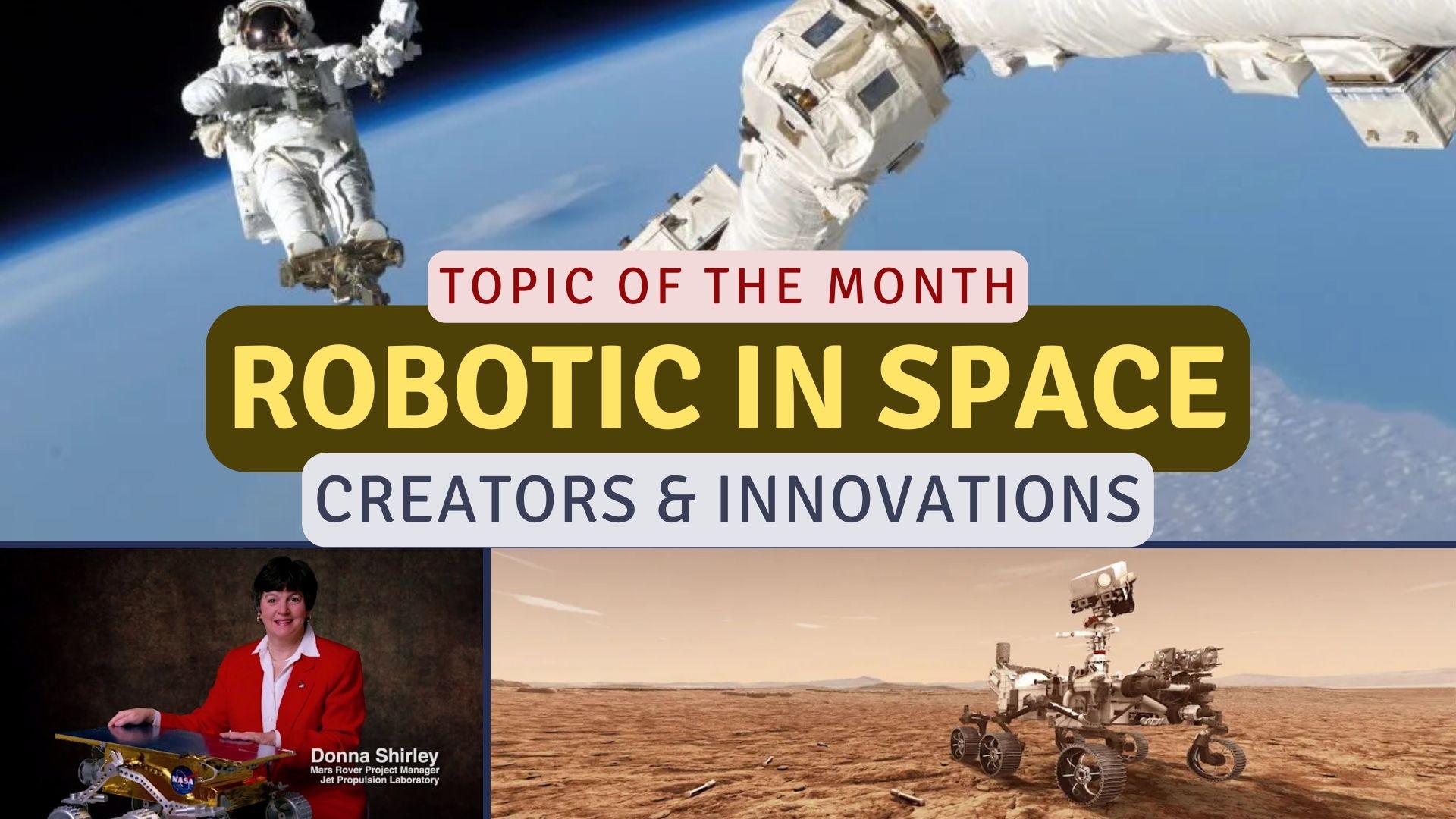The Final Frontier: Robots in Space

There’s an exceptional show on Apple+ called For All Mankind. If you haven’t tuned in to the series (and you really should), its premise is very simple: what if the 1960s “Space Race” never slowed down? What if the Russians got to the moon first, America scrambled to catch up, and space exploration dominated worldly events of the next few decades?
It’s a fun show to watch, but it’s hard not to have a pang of what-if regret as its alternate history plays out. What if we did start to colonize the moon? What if we did have the technology and motivation to keep going to Mars decades ago? Would we have made it? What would things look like?
The good news? Poke around for only a little bit, and you’ll see that there are still some incredible things happening in the world of space exploration — and a great many of them have robotics at their core. Here’s just a few from recent months:
-
The fabled Perseverance rover sent back some captivating snaps from the surface of Mars.
-
The European Space Agency is now testing how astronauts on a space station could possibly control robots on the surface of a planet.
-
NASA is working on a snake-esque robot that could explore the hostile surfaces of Saturn’s moons.
Next Stop: Mars
The truth is that it’s unlikely humanity would have ever left the cozy confines of Earth without the awesome power of robotics. Robots helped pave the way for the first manned space mission, as illustrated in this excellent Smithsonian article. In 1975, robotics were at the heart of the massively successful first-ever mission to Mars, Viking 1. Viking 1 — along with its counterpart Viking 2 — relied on the power of robotics to deliver the people of Earth with the first-ever up-close images of the red planet. Operating for over half a decade, the Viking mission also delivered intense studies of the Martian surface and atmosphere, along with the first real analysis of Martian soil. It’s a marvel of engineering and robotics; take a look at some extraordinary resources about the missions here:
-
The NASA/JPL summary of the Viking 1 mission
-
A more in-depth breakdown from NASA on the Viking 1 mission
-
Another Smithsonian piece, covering the technological breakthroughs on the Viking mission — including the robotic arm, camera, antenna, and advanced engines
Who's Behind?
Of course, the mission — and its robots — would be nothing without the behind-the-scenes humans who worked so hard to put all of its pieces in place for success. NASA’s “Hall of Honor” reserves a special place for the project manager behind the Viking program — James S. Martin, who needed to direct the efforts of 750 people around the nation to successfully deliver the Viking to the red planet.
Martin’s work is a reminder that there’s a very human component behind the success of these robots that explore worlds beyond our own. From the people who finance, direct, and manage the programs to the people that actually design, engineer, and create the robots, there’s no shortage of human brain power fueling the advances of technology to worlds beyond our own.
What's coming?
Where can our imaginations and our creativity take us next in space? The For All Mankind program dares to dream of a time in which humanity reached for the stars and kept going; with any luck (and the help of robotics), that can move from the realm of science fiction to real-life fact.
Want to display your robotic designs for the future? Remember, no idea is a bad idea! Let us hear about your thoughts and dreams here on the RobotShop blog and forums.
Picture credit: Global News, Frobes, Kate Shein, Youtube
Thanks for helping to keep our community civil!
This post is an advertisement, or vandalism. It is not useful or relevant to the current topic.
You flagged this as spam. Undo flag.Flag Post


